views
1. It’s not Mexico’s Halloween
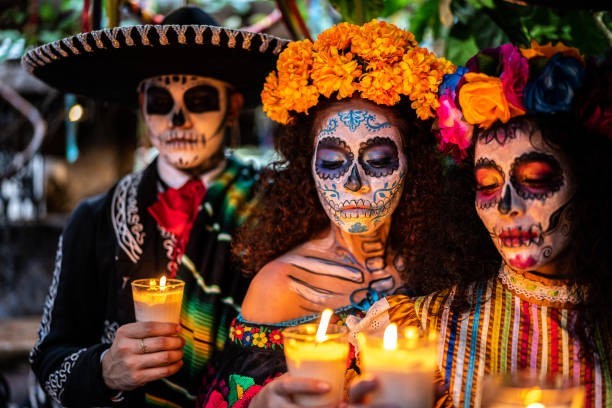
Though celebrated around the same time (November 1st and 2nd), Day of the Dead is about remembrance and love, not fear or fright.
2. Marigolds guide the spirits
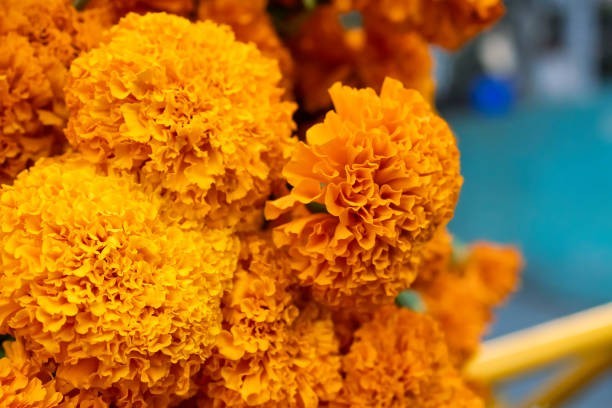
Bright orange marigolds, known as cempasúchil, are called the "flower of the dead." Their color and scent help lead spirits home.
3. Sugar skulls aren’t just decoration
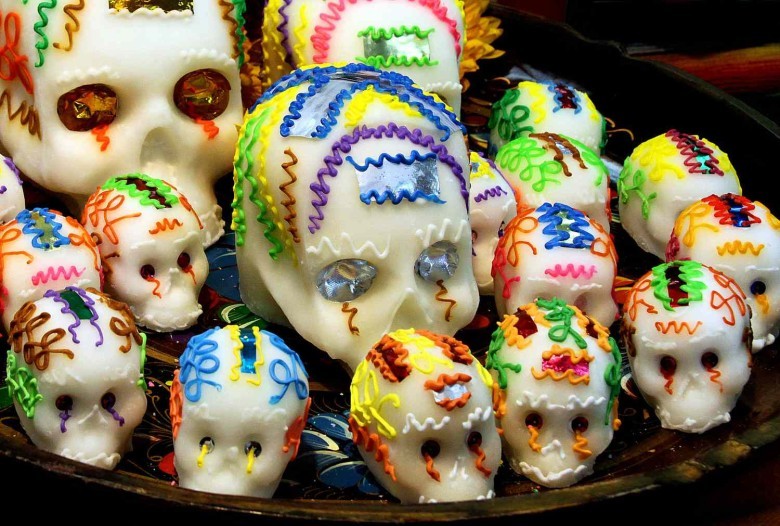
Colorful sugar skulls (calaveras) often have names written on the forehead and are given as sweet gifts to both living and dead.
4. Ofrendas are altars of love
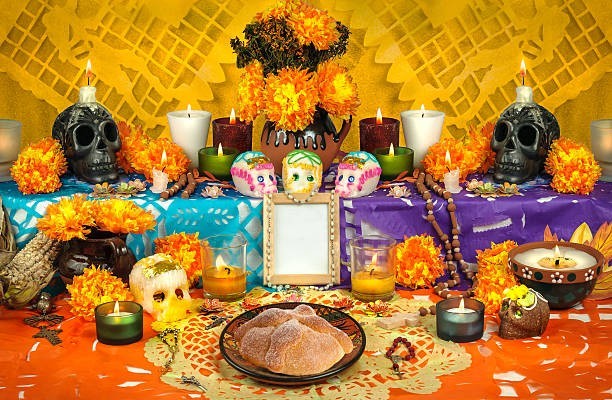
Families create ofrendas (altars) with photos, candles, food, and personal items to welcome back the spirits of loved ones.
5. Skeletons everywhere!
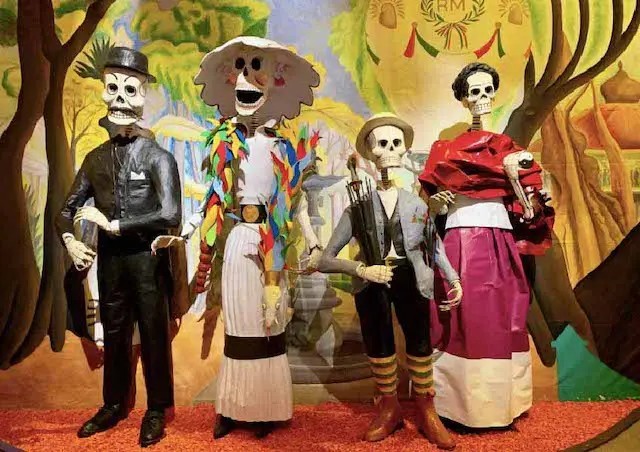
Cheerful skeleton figurines (calacas) are dressed like dancers, musicians, or even brides and grooms — showing that death is part of life’s dance.
6. It’s a UNESCO masterpiece

In 2008, UNESCO recognized Día de los Muertos as part of the Intangible Cultural Heritage of Humanity.
7. Pan de muerto is the traditional treat
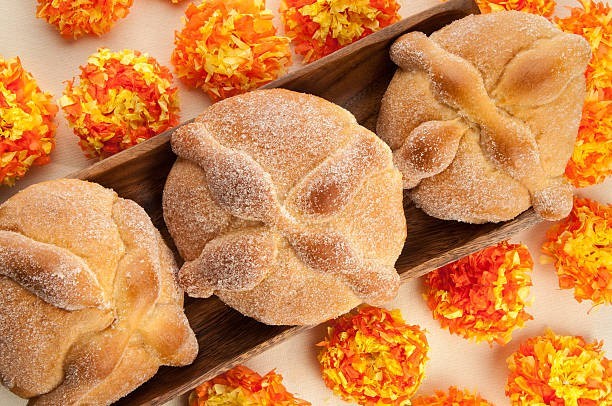
This “bread of the dead” is often topped with bone-shaped decorations and sprinkled with sugar.
8. It blends Aztec and Catholic traditions
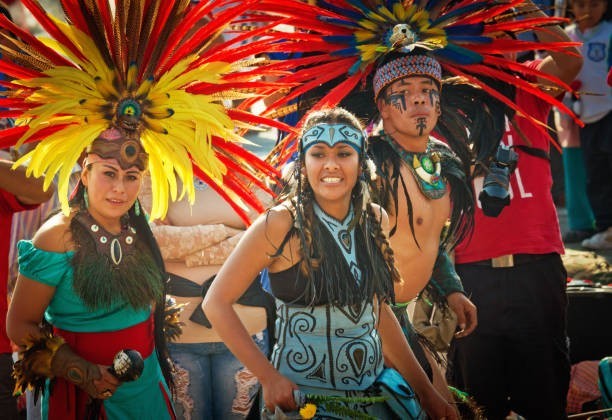
The holiday has roots in ancient Aztec rituals honoring the dead, mixed with Catholic observances like All Saints’ Day.
9. Not just in Mexico
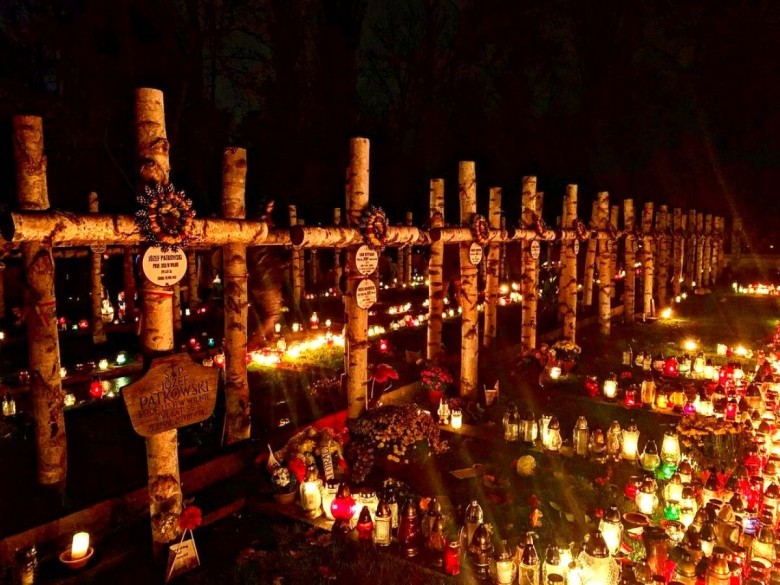
Communities in the United States, parts of Central America, and even the Philippines have adopted or share similar traditions.
10. It’s about celebration, not sadness
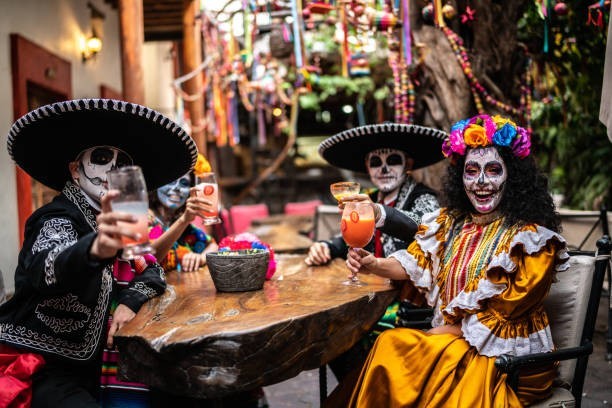
The Day of the Dead is filled with music, food, laughter, and color — a way to keep loved ones alive in memory and heart.
🌼✨ From sugar skulls to marigold petals, Día de los Muertos shows how remembrance can be joyful and beautiful.
Which fact did you find most interesting? Share below and tag a friend who loves cultural traditions!
#DayoftheDead #DíaDeLosMuertos #FunFacts #MexicanCulture #SugarSkulls #Ofrendas #CelebrateLife #Traditions #DidYouKnow #CulturalHeritage




















Comments
0 comment